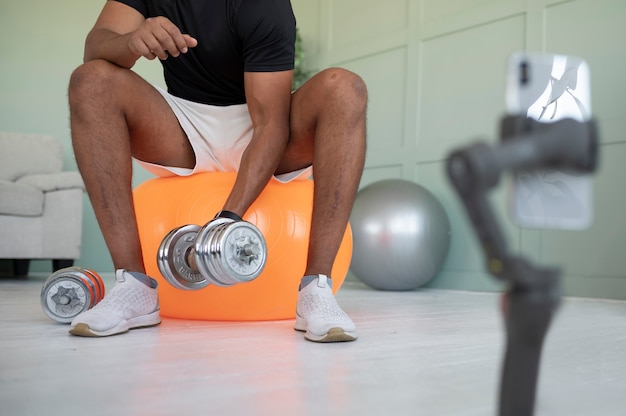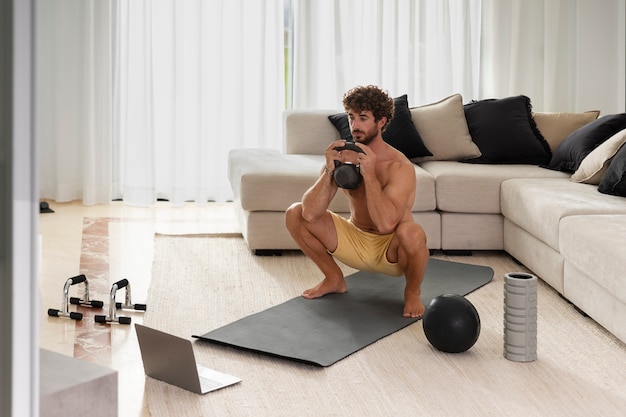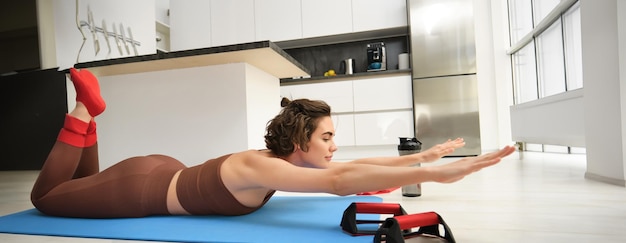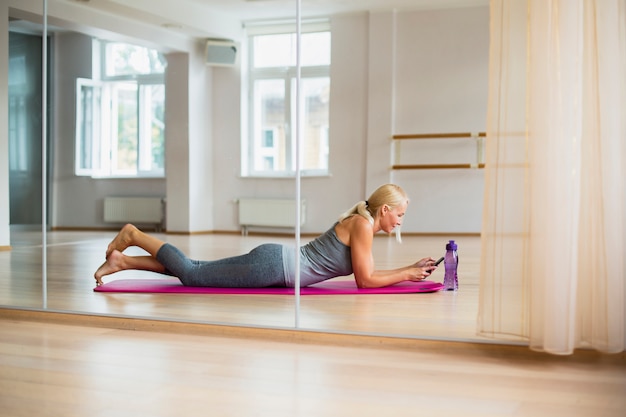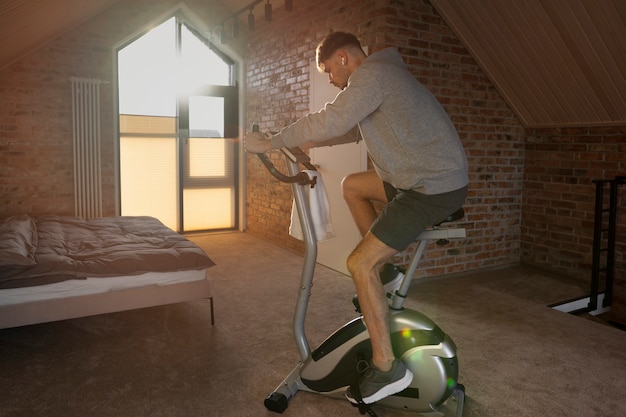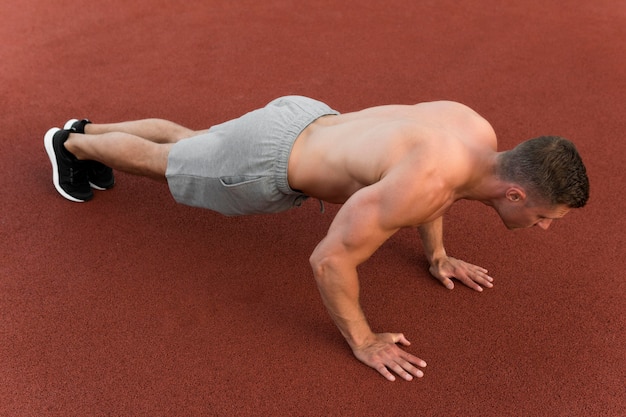Sculpt Stronger Glutes at Home: 25-Minute No-Equipment Routine Safe for Knee Pain + Nutrition Tips
Building stronger, shapelier glutes doesn’t require a gym membership or heavy weights. In fact, you can achieve impressive results with just your body weight—especially when you follow a smart, knee-friendly routine. Whether you're managing knee discomfort or simply prefer low-impact training, this 25-minute no-equipment glute workout delivers maximum activation without strain.
Backed by fitness coaching principles and designed with joint safety in mind, this routine includes form cues, modifications, and nutrition insights to support muscle growth and recovery.
Why Focus on Glute Training at Home?
The gluteal muscles—gluteus maximus, medius, and minimus—are essential for posture, hip stability, and lower-body strength. Weak glutes can contribute to poor movement patterns, lower back pain, and even knee issues. Regular activation helps improve overall function and aesthetics.
Home workouts offer convenience and consistency, two keys to long-term progress. And with the right technique, bodyweight exercises can be just as effective as weighted ones—especially when targeting endurance and muscle mind connection.
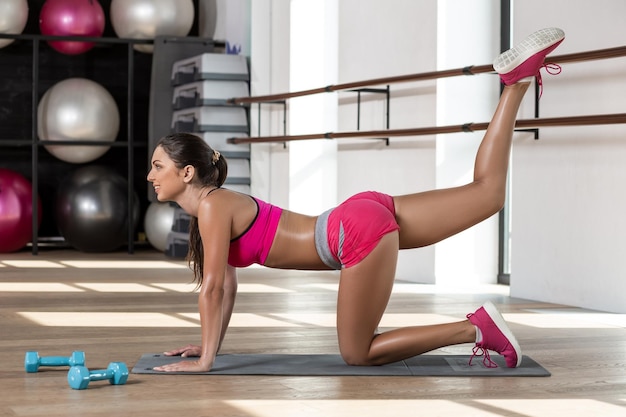
Key Principles: Coach-Style Pointers for Safety & Effectiveness
- Engage Before You Move: Always activate your glutes before starting. Try a 30-second glute squeeze—lying on your back, press your buttocks together without moving your legs.
- Control Over Speed: Move slowly and deliberately. Fast reps sacrifice form and reduce glute engagement.
- Neutral Spine: Keep your back flat and core braced. Avoid overarching or tucking your pelvis excessively.
- Knee Alignment: Ensure knees track over toes and never cave inward during movements.
- Range of Motion (ROM): Use a comfortable ROM that doesn’t trigger knee pain. Partial reps are better than painful full reps.
25-Minute No-Equipment Glute Routine (Knee-Friendly)
Perform each exercise for 45 seconds, followed by 15 seconds of rest. Complete 3 rounds. Rest 60 seconds between rounds.
- Glute Bridge (Floor)
Lie on your back, knees bent, feet flat. Lift hips by squeezing glutes. Hold at the top for 1 second. Modification: Keep feet closer to glutes to reduce hamstring involvement.
- Clamshells
Lie on your side, knees bent at 90 degrees. Keep feet together and lift top knee like a clam opening. Form Tip: Avoid rolling backward—keep hips stacked.
- Fire Hydrants
On all fours, lift one leg out to the side, keeping the knee bent. Focus on using the glute, not momentum. Modification: Reduce range if shoulder or wrist discomfort occurs.
- Donkey Kicks
From hands and knees, kick one leg upward, keeping the knee bent at 90 degrees. Squeeze the glute at the top. Coach Tip: Don’t arch your lower back—keep it neutral.
- Standing Kickbacks
Hold onto a wall or chair for balance. Extend one leg straight back, squeezing the glute. Knee-Friendly Note: Keep the standing leg slightly bent to reduce joint pressure.
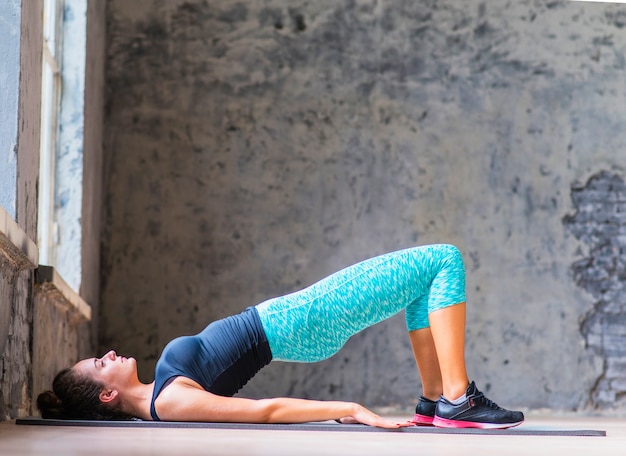
Easy Modifications for Knee Sensitivity
- Use a Cushioned Surface: Always train on a yoga mat or carpeted floor to reduce pressure.
- Reduce Range of Motion: Perform partial bridges or smaller kickbacks if full motion causes discomfort.
- Eliminate Weight-Bearing on Knees: Avoid exercises that require kneeling if painful. Try standing versions instead (e.g., standing kickbacks over floor donkey kicks).
- Double Support: Use a wall, chair, or countertop for balance to reduce joint stress during standing moves.
Support Your Gains: Nutrition for Glute Growth
Exercise alone isn’t enough. To build and tone glute muscles, your body needs proper fuel. Focus on these nutrition fundamentals:
- Protein Intake: Aim for 1.6–2.2g of protein per kg of body weight daily. Good sources include eggs, Greek yogurt, chicken, lentils, and tofu.
- Calorie Balance: To grow muscle, ensure you’re eating at maintenance or a slight surplus. Extreme deficits hinder recovery.
- Hydration: Muscles are ~75% water. Dehydration reduces strength and recovery.
- Anti-Inflammatory Foods: Include berries, fatty fish, leafy greens, and nuts to support joint health and reduce knee inflammation.
- Timing: Distribute protein intake evenly across meals to maximize muscle protein synthesis.
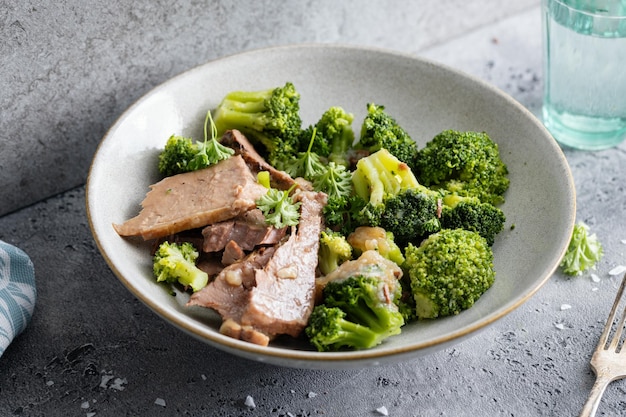
Final Tips for Long-Term Success
- Perform this routine 3–4 times per week for best results.
- Track progress by how your clothes fit or how exercises feel over time—not just the scale.
- Pair glute work with walking or light cardio to support circulation and joint health.
- Listen to your body. Discomfort is normal; sharp pain is not.
With consistency, proper form, and balanced nutrition, you can build stronger, firmer glutes from home—safely and effectively, even with knee concerns.









